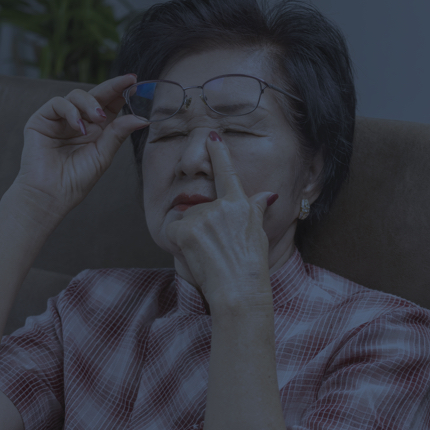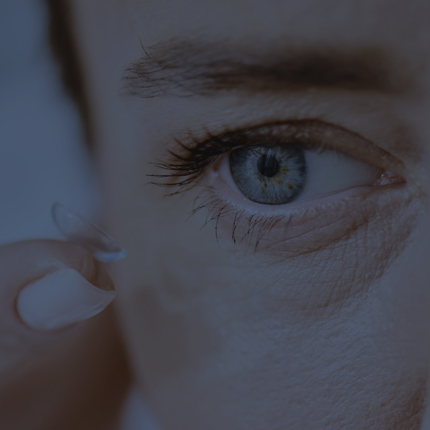Do you ever wake up in the morning with crusty, scaly eyelids? Combined with your bed-head and morning breath, it’s not a pretty picture – but good news, your optometrist may be able to help you treat that “sleep” in your eyes.
Other symptoms of blepharitis include flakes and a general redness, puffiness, or scaliness along the base line of your lashes. You may feel like there is sand in your eyes, or have a general burning or itchy sensation throughout the day. Blepharitis is also associated with an oily or sticky sensation on your eyes, caused by discharge from the eyelid glands – left untreated these glands can become plugged and infected, which can cause recurrent styes, or dry eye syndrome. Over the long term, the chronic inflammation can lead to scarring of the eyelids and eyelash problems (loss of eyelashes or eyelashes that grow in the wrong direction).
Although blephartis is a chronic condition with no known cure, we have solutions – including a brand new in-office treatment called BlephEx. Just as your dentist recommends you floss and see the hygienist to prevent gum disease, your optometrist will want you to perform regular maintenance on your eyelids. He or she will want you to use hot compresses and special lid washes or wipes at home. If your condition is particularly severe, they may ask you to come in for a more extensive blepharitis treatment. BlephEx is an instrument that spins a medical grade micro-sponge along the edge of your eyelids and lashes, removing debris and exfoliating your eyelids. It takes less than 15 minutes for the procedure, and it doesn’t hurt a bit, in fact most patients simply report a tickling sensation. The effects are long lasting, but not permanent, and you’ll probably come in every six months or so for a repeat treatment in conjunction with the regular lid wash maintenance you’ll be doing at home.
There are different kinds of blepharitis and different causes for the condition. It’s usually bacterial, but can also be caused by seborrhea (dandruff), rosacea, allergies, toxins or viral infections. Another common cause of blepharitis and the symptoms related to this condition comes from parasitic mites called Demodex. Often these little critters need to be treated with tea tree oil washes. Early diagnosis and proper treatment are the trick for getting the condition under control.
If you’re suffering from crusty, dry, scratchy, red or irritated eyes – do yourself a favour and make an appointment with your optometrist right away, so that you can start a treatment plan that’s right for you.


















